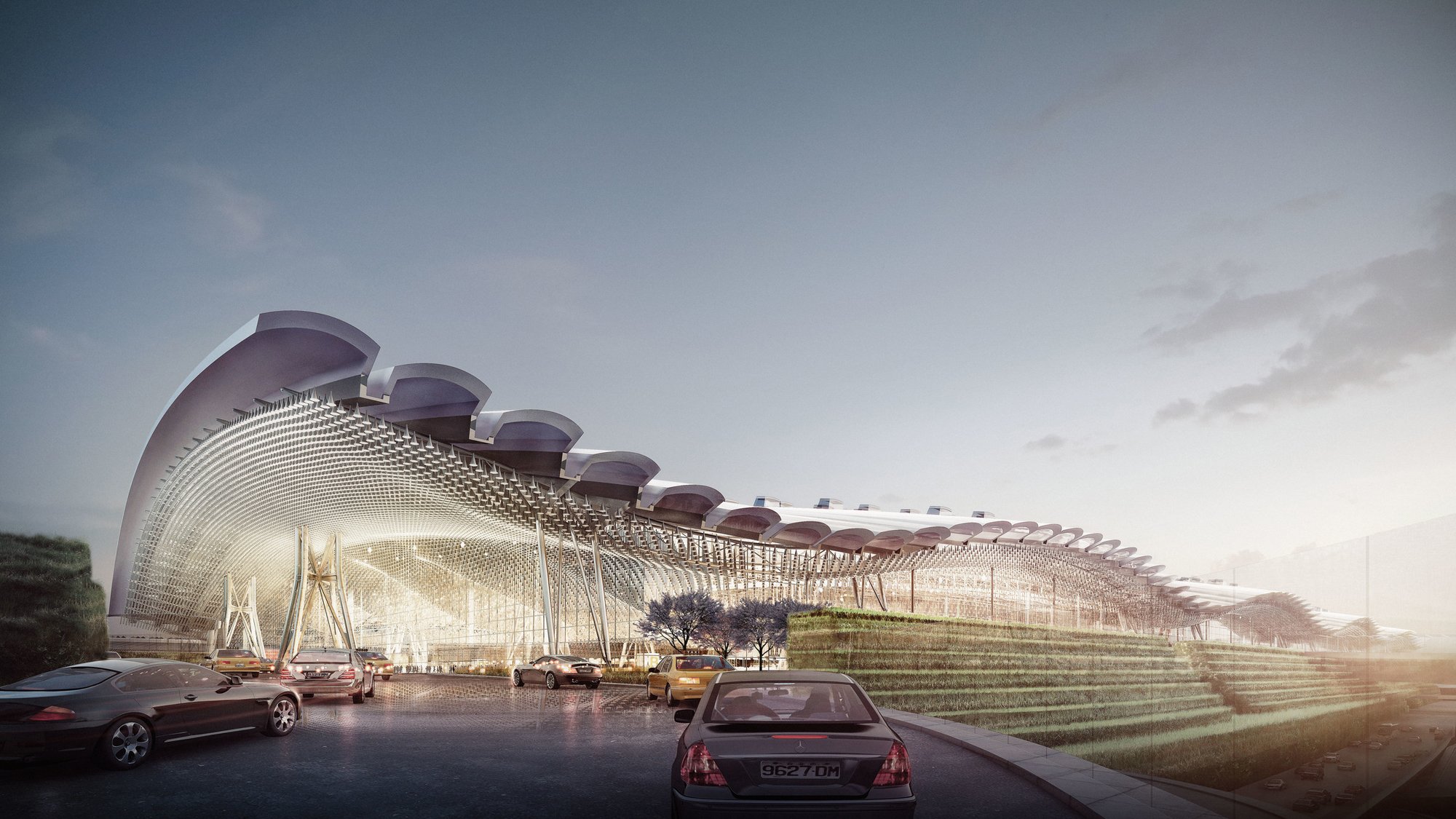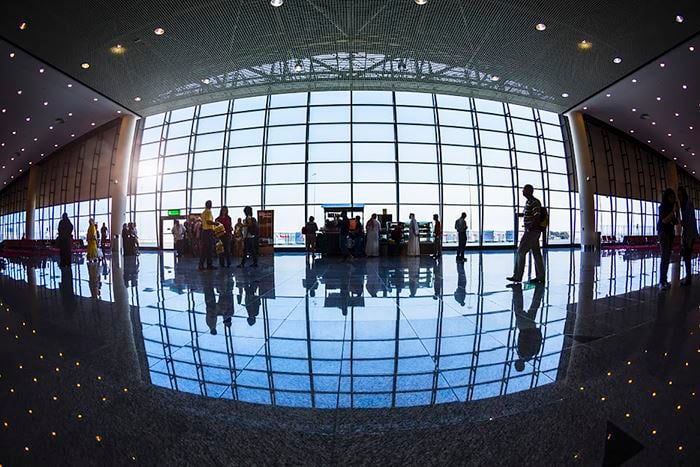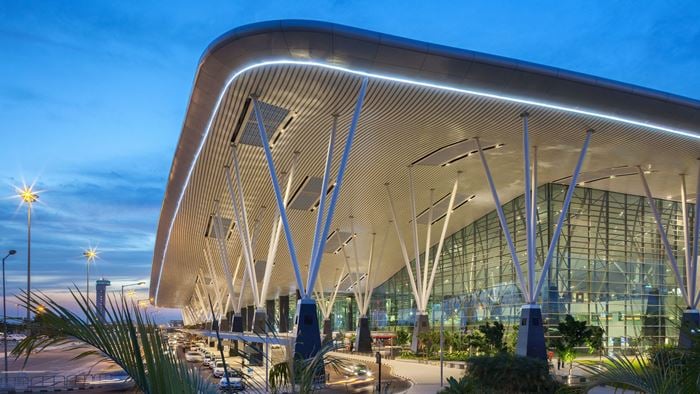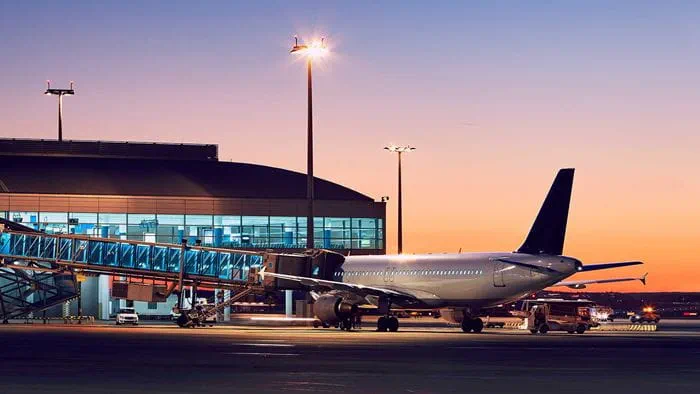On 27 December 1995, the very first flight was sold online. Just over two decades later, every flyer is a digital passenger, providing and consuming vast amounts of data, from our trip itineraries and social media posts to shopping preferences. And while airports already use digital technology to power various aspects of their operation, most have yet to create a complete digital passenger experience – and reap the benefits.
The potential gains are immediately apparent. Terminals that adapt to avoid queues and overcrowding. Faster and more secure check-in procedures. Retailers with stock tailored to the preferences of passengers that use those routes. Our own use of digital strategy in terminal design has already demonstrated what’s possible.
Perhaps more importantly, digital services are the only way to meet the expectations of a new generation of passengers. ‘Generation Z’ is used to a world of services that unconsciously meet their needs and reflect their preferences – so why would travel be any exception?
In the video below we explore the benefits of following a data and technology driven approach at every stage of a passenger's journey.
The data-powered terminal
But it’s not enough to simply collate information in siloes. It must flow through the terminal to provide real commercial intelligence. For this reason, we see more collaborative relationships between airport operators, airlines, retailers, and service providers as vital to facilitate this new, data-powered operation.
With the right strategy in place, every aspect of the airport can be improved:
-
Design for future flexibility: Terminals are huge investments, but the industry is a dynamic one so operators need facilities that can adapt to fluctuations in passenger numbers. Digital tools can help produce modular designs that respond flexibly to passenger flows without additional costs or bottlenecks.
-
Smoother (faster) security: A smooth passenger journey can be derailed by the slow speed of check-in or security checks. Frequent fliers who opt-in to share biometric information in the USA are already being fast-tracked – an idea that could have much wider application.
-
Higher retail revenue: Space in airports is constrained, so how do retailers achieve higher revenues? With Bluetooth beacons installed throughout a terminal retailers and food/beverage vendors can send personalised offers to passengers whose preferences they already understand.
-
Better baggage control: Arrivals data can be used to improve carousel efficiency, reduce waiting times and avoid unnecessary belt maintenance. Passengers could track ‘digitally tagged’ bags from their devices, providing peace of mind by showing exactly where they are located and when to collect them.
“Airlines and operators appreciate that terminals should be designed from the ground-up to produce the digital experiences passengers demand ”
Ian Taylor Global Aviation Leader
Scaling digital experiences
As every airport or airline operator knows, a seamless travelling experience has many moving parts. That’s why piecemeal digital improvements at one stage can easily be undermined by a poor (analogue) experience in another. A truly end-to-end digital passenger strategy is the only way that digital improvements can be scaled to benefit the operations of all parties, at each stage of the passenger journey.
Beyond BIM
Building Information Modelling (BIM) tools already offer immense insights to improve terminal design, but we can now push the data they contain to answer harder operational questions. For clients, the key is to work with a partner who can use data to inform every aspect of the terminal, from BIM-based design, to developing profitable passenger experiences during peak dwell times.
By designing for the digital passenger, airports will be able to offer a truly smooth, responsive experience - one that would’ve seemed unimaginable when that first e-ticket was sold. You can find out more about how we implemented this approach in our work in our related projects.
 ;
;





